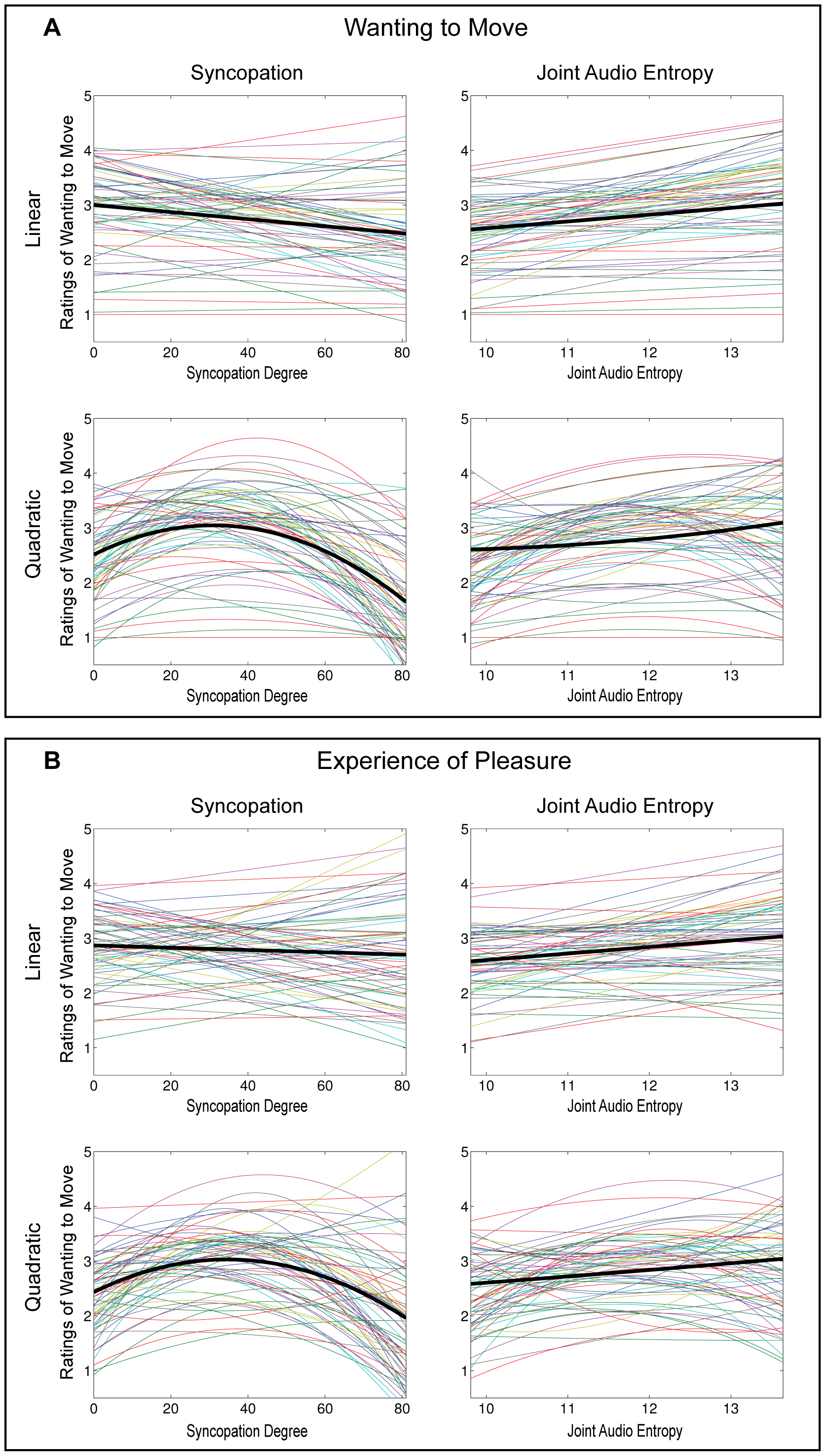Rhythmic drum patterns with a balance of rhythmic predictability and complexity may influence our desire to dance and enjoy the music, according to a new paper by music scholar Maria Witek from the University of Oxford and colleagues.
Many people find themselves unable to resist moving their bodies to the thumping beat of hip-hop, electronic, or funk music, but may feel less desire to dance when listening to a highly syncopated type of music, like free jazz.
Agreed. Jazz and all that spiraling just makes people want to go somewhere with less pretentiousness. The group of music academics, semiotics scholars and a psychiatrist were interested in determining how the structure of this music affects our desire to dance have studied the role of rhythm in eliciting pleasure and body movement.
They used a web-based survey (naturally) to investigate the relationship between rhythmic complexity and self-ratings of wanting to move and pleasure. Over 60 participants from all over the world listened to funk drum-breaks with varying degrees of syncopation and filled out a survey. That's not even a weak observational study, science has no category suspect enough to quantify what that is - but it sure sounds like fun.

Linear and quadratic regressions of stimuli predictors – syncopation and joint audio entropy – for ratings of A: wanting to move. B: experience of pleasure. Coloured lines represent individual subjects' regression fit with ratings; thick black line represents mean regression fit across subjects. Syncopation X axes = stimuli's syncopation degree, min 0 – max 81, calculated according to index of syncopation described in Text S2. Joint Audio Entropy X axes = stimuli's joint audio entropy, min 9.81 – max 13.65, calculated according to function described in Text S3. Y axes = Likert scale ratings, min 1 (not at all/none) – max 5 (very much/a lot).
doi:10.1371/journal.pone.0094446
Participants then rated the extent to which they made volunteers want to move, as well as how much pleasure they experienced.
Based on the results, the authors suggest that listening to rhythmic drum patterns with a medium degree of syncopation elicited a greater desire to move and the most pleasure, particularly for participants who enjoyed dancing to music regardless.
They also believe that listeners enjoy a balance between rhythmic predictability and complexity in music. The authors posit that the relationship between body movement, pleasure, and syncopation is important in people's responses to groove music.

This shows a groove drum-break. Credit: Maria Witek
Maria Witek added, "In this relatively small population, we found that medium syncopation in groove invites the most pleasure and wanting to move. Our findings help us understand how certain musical rhythms can stimulate desire for spontaneous body-movement."






Comments